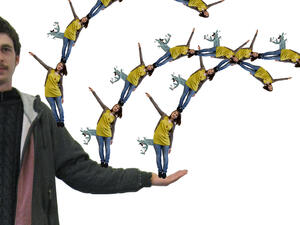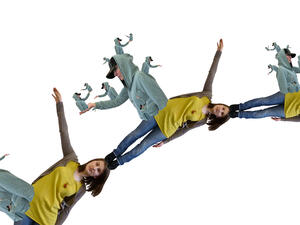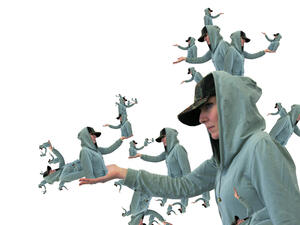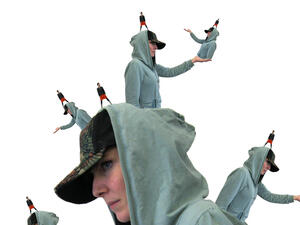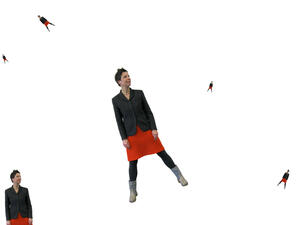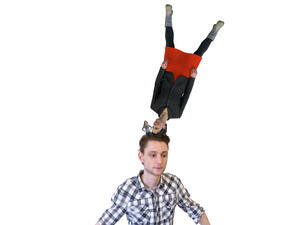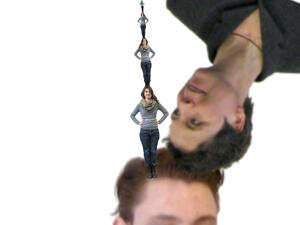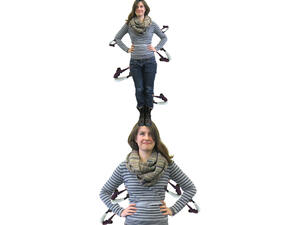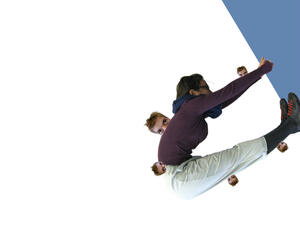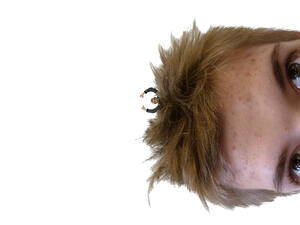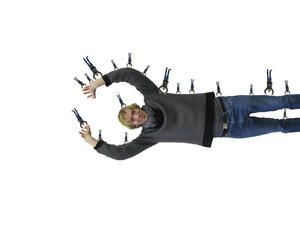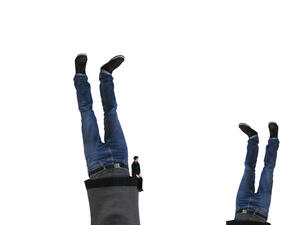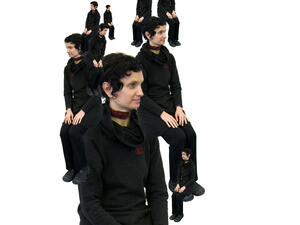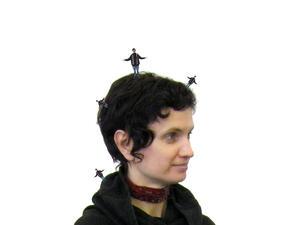This is an old revision of the document!
ENERGY FLUX
I've been interested in the cycle of everything, from nature to industry and back to nature, through organic matter to ideas. The cycle of carbon, for instance, this elementary atom of every organic molecule, of sugar, of gas, of petroleum etc. Thanks to the work done by bacteria and plants, carbon passes through every process in nature. And thanks to these processes humans take the energy needed for their activities. We are basically consumers, compared to plants, who can be considered the producers of our global system. Here is a PDF I created on this thoughts: http://fietsenenbroodjes.files.wordpress.com/2012/02/energy_cycles.pdf
WASTE
A great deal of our civilization's crisis is how we based our system on mass production, mass consumption and massive waste. And the way we relate to nature is an important aspect of this process. Along centuries, we relied on nature as our endless provider, we also have made fantastic discoveries and technological inventions. Yet we didn't learn to be efficient. More recently we have started to recycle things. But according to some experts, we are far from being sustainable as long as we stick with the concept of waste. “Sustainable” isn't good enough. We have to be as efficient as nature. We need to revert this process by re-using 100% of materials, with clean, fast, cheap methods.
An American architect, William McDonough and an Austrian chemist Michael Braumgart have devised the Cradle to cradle design, which proposes the transformation of things just like as we learned in Physics, with the Law of the Conservation of Energy (“Energy cannot be created or destroyed, but it can be transferred or transformed from one form to another; including transformation into or from mass, as matter. The total amount of energy in a closed system never changes”). Check their site: http://mbdc.com/ (and information in dutch http://www.cradletocradle.nl) And here is the link to a Dutch doc on the cradle-to-cradle idea: http://tegenlicht.vpro.nl/afleveringen/2006-2007/afval-is-voedsel-deel-1.html
HUMAN CULTURES
In a further extension I believe the vicious cycle of consumption and waste is applied not only for materials, but as well for living beings, and even humans. Unless we re-think our system we will keep on wasting energy and maintaining the process of slavery.
http://fietsenenbroodjes.files.wordpress.com/2012/02/energy-slaves-working-24_7.jpg
Based on the Universal Declaration of the Rights of Mother Earth (http://deoxy.org/meme/UNIVERSAL_DECLARATION_OF_THE_RIGHTS_OF_MOTHER_EARTH ) I'm working on the idea of humans becoming more useful for the environment, just as plants, funghi and bacteria.
Another interesting idea comes from Humberto Maturana, biologist and philosopher, who studied the principle of AUTOPOIESIS within living organisms: http://www.oikos.org/mariotti.htm
Inspired by how much we can learn from plant systems, I listed a number of principles from plant universe which could be used for re-designing the human body and human relations:
- Efficiency - 0% waste
- Survival strategies - Endless; such as self-defense or being beautiful to attract the right agents.
- Live network - sharing nutrients, signals and physical structures
- No private property - hosting other life forms
- Moving both up, towards light and down, towards earth
- Spread and replicate as much as possible
- Produce for the near and the far future
After this list I made up an exercise using the people at the groWorld research, for reflecting on human connections, which resulted in the following images.
I still don't know what will be outcome of this research. I thought of an animation after the series of pictures above. I think as well of some educational work that can be proposed as a game, a living installation, or an interactive action, that would increase the awareness of human interconnections.
ARTWORKS THAT MIGHT INSPIRE YOU TOO
Speaking of educational artworks, we have to recall Joseph Beuys's 7000 Oaks, a “social sculpture” for which he had the participation of the public in Documenta 7 to plant seven thousand oak trees, in the city of Kassel, in 1982.
Another recent and related participatory project, was the sunflower seeds installation by Ai Wei Wei for the Tate Gallery in London, 2010. He built a huge network of porcelain craftsmen in order to produce millions of fake sunflower seeds. He addressed the problem of (un)employment in China, reviving an old technique for centuries mastered by Chinese, the porcelain, while using a symbol of the Maoist times, the sunflower seed. Wei Wei created a massive landscape inside Tate's Turbine Hall after bringing the seeds from China. I had the fortunate chance to visit the installation last year and I was really touched by the project. The process is beautifully documented in a 15 minutes video: http://www.youtube.com/watch?v=PueYywpkJW8

